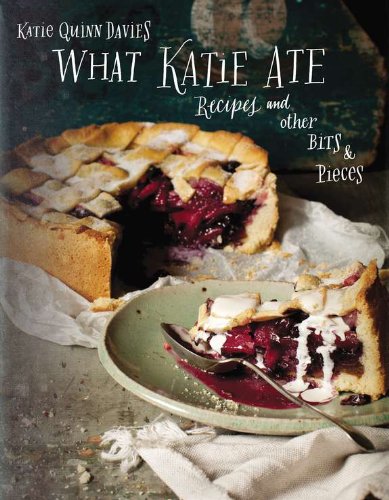I am loathe to miss a meal and can hardly tolerate missing a snack. My patients know they aren't supposed to either. Metabolism, energy, a bright outlook, ability to exercise, blood sugar control, weight management and sharp thinking all depend on it. So often my patients say they don't have time to eat, especially breakfast. These are the same folks who are struggling with their weight. So instead of repeating this point, I am going to give you my down to earth, personal go to suggestions when you really have next to no time to make and eat food.
First, however you have to shop correctly. Remember super basic is key, and one real cooking episode is needed: dinner. Most people don't struggle with dinner. Cook extra at dinner so you will have leftover protein rich foods and cooked vegetables.
Here is my basic grocery shopping list for fast food, by section.
Freezer:
- Lean meat, chicken, turkey, fish, shredded cheese
- frozen fruits for smoothies: mixed berry, mango, blueberry etc
Fridge:
- Milk, cottage cheese, plain yogurt, sour cream, cheese, kefir, eggs
- salsa, condiments like pickles
- whole grain low carb wraps
- nuts like walnuts and almonds
- healthy broth mix
Pantry:
- whole grain bread, corn tortilla chips, oat bran cereal, healthy cold cereal like muesli
- canned salmon, canned tomato products, sauce and stewed
- your favorite complete protein powder
- dried fruits like craisins
- oils - olive and canola
Produce:
- cooking greens like chard, kale and spinach
- Salad greens like spinach and lettuces
- cucumbers, tomatoes, broccoli, green beans, zucchini, carrots, colored peppers, avocados
- Strawberries, watermelon
- apples, bananas, oranges
- red and green grapes
- stone fruits in season
"Recipes"
Breakfast :
- bowl of cottage cheese or plain yogurt with any fresh or frozen fruit. optional : nuts, craisins
- healthy cold or hot cereal with dollop of yogurt, and some fruit
- chopped fresh or leftover veggies with a couple scrambled eggs with or without cheese. Dress with salsa, sour cream or avocado.
- wrap with leftovers
- 2 cups milk with protein powder
Snacks:
- hardboiled egg, cheese, dairy, fish chicken or meat with fruit or veggies like carrot sticks
Lunch:
- Salad greens with hardboiled egg, cheese, dairy, fish chicken or meat. Try mixing canned salmon with mayo olives and pickles for a great spread. On a cold day, make soup with broth and leftovers. Make it the blender to speed up the process.
Dinner:
- Main protein rich dish, green salad, cooked vegetable and fruit for dessert. Cook extra for wraps later.
Note:
- A hefty blended smoothy with yogurt and protein powder, fruit and even vegetables can substitute for any meal.
Give some of these fast foods a try. Bon appetite.






















































